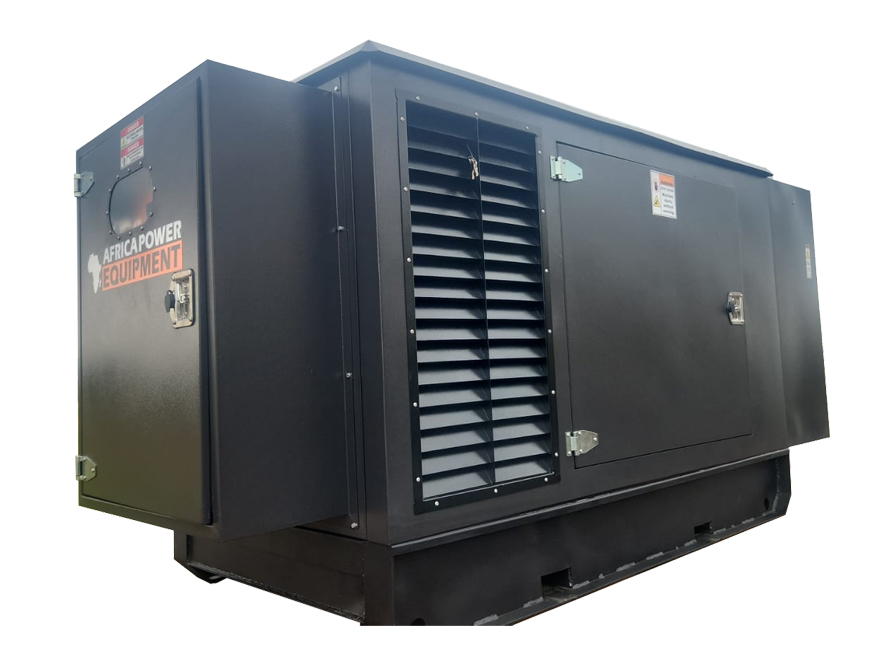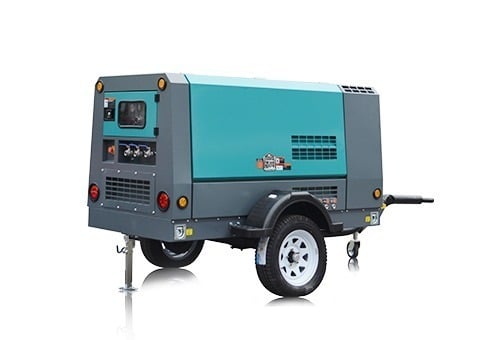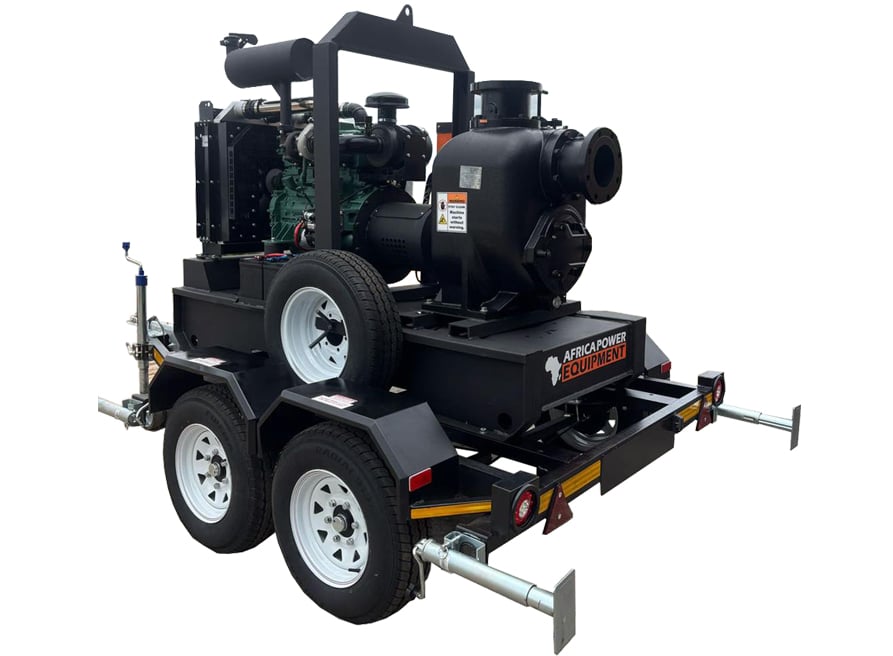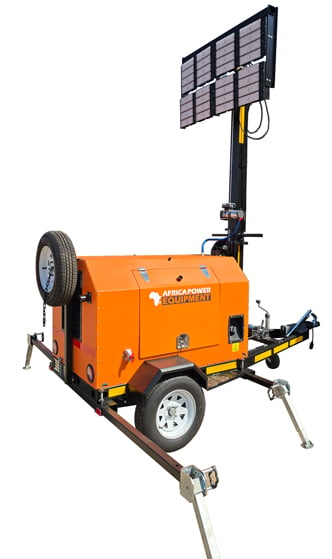Static vs. Mobile Light Towers: Which One Do You Need?
Lighting towers are crucial for outdoor operations such as construction, mining, roadwork, and emergency services. When choosing a lighting tower, one of the first decisions to make is whether to go for a static or mobile model. Understanding the differences between these two options can help ensure your project runs safely, efficiently, and cost-effectively.
🚧 What Are Lighting Towers?
Lighting towers are portable units equipped with high-powered lights, usually mounted on a telescopic mast, and powered by an integrated generator (diesel, hybrid, or solar). They provide temporary illumination in areas without permanent lighting.
There are two main configurations:
-
Static Light Towers
-
Mobile Light Towers
🔍 What Is a Static Lighting Tower?
A static lighting tower is designed to remain in one location for extended periods. It has no wheels and must be transported using a forklift, crane, or flatbed truck.
✅ Key Features:
-
Fixed base or skid-mounted
-
Suitable for long-term projects
-
Higher stability in windy conditions
-
Often more rugged and weatherproof
🛠 Ideal for:
-
Mining sites
-
Construction zones
-
Remote infrastructure maintenance
-
Long-term storage yards
🚜 What Is a Mobile Lighting Tower?
A mobile lighting tower comes equipped with wheels and a towing hitch, allowing it to be easily transported and deployed across different locations.
✅ Key Features:
-
Trailer-mounted for mobility
-
Can be towed by a vehicle
-
Quick setup and relocation
-
Typically lighter than static models
🛠 Ideal for:
-
Roadwork and night highway repair
-
Events or festivals
-
Emergency response
-
Multi-site construction
📊 Side-by-Side Comparison: Static vs. Mobile
| Feature | Static Light Tower | Mobile Light Tower |
|---|---|---|
| Mobility | Requires forklift/crane | Towable with vehicle |
| Setup Time | Longer (requires placement tools) | Quick setup (drop and deploy) |
| Best Use Case | Long-term fixed location | Frequent relocation needed |
| Stability | High (lower risk in windy weather) | Moderate (requires stabilisers) |
| Transport Method | Flatbed or crane | Towing hitch and trailer |
| Price Range | Often lower due to fewer parts | Slightly higher due to tow gear |
| Maintenance Access | May require lifting or movement | Easier access on-site |
🌦 Weather Resistance & Durability
Static towers are often preferred for extreme environments because they have fewer moving parts and can be designed with heavier-duty enclosures, making them more resistant to harsh weather conditions.
However, modern mobile lighting towers also come with robust weatherproof features like:
-
Telescopic galvanized masts
-
Wind resistance up to 80 km/h
-
Stabilizing outriggers
🔄 Hybrid & Solar Options
Both static and mobile towers are available in diesel, hybrid, or solar-powered variants. Mobile solar towers are particularly useful in off-grid or noise-sensitive areas, offering clean, silent lighting with minimal maintenance.
🧠 How to Choose Between Static and Mobile?
Ask yourself the following questions:
-
Will you need to move the tower frequently?
-
Yes → Go mobile
-
No → Static is sufficient
-
-
Is your project long-term or short-term?
-
Long-term → Static
-
Short-term or rotating → Mobile
-
-
Do you have the equipment to transport a static unit?
-
Yes → Consider static
-
No → Mobile is easier to handle
-
-
Are you working in rugged or remote environments?
-
Static towers often perform better long-term in such conditions
-
🔗 Related Articles
✅ Conclusion
Choosing between a static and mobile lighting tower depends on your project’s needs. Static towers are ideal for long-term, fixed-location projects, offering high stability and lower overall maintenance. Mobile towers, on the other hand, offer flexibility, quick deployment, and are essential for dynamic or emergency-based operations.
Looking for the right lighting solution? Browse PowerEquipment.co.za for both static and mobile tower options or contact us for expert advice tailored to your site.





